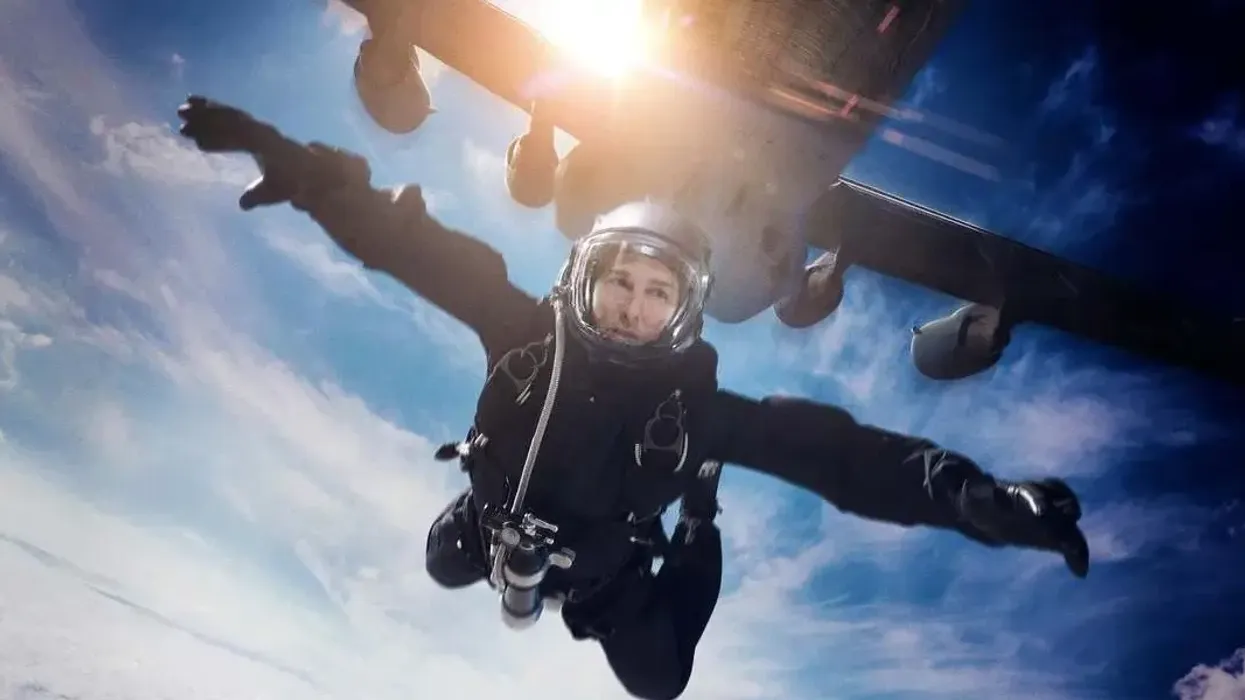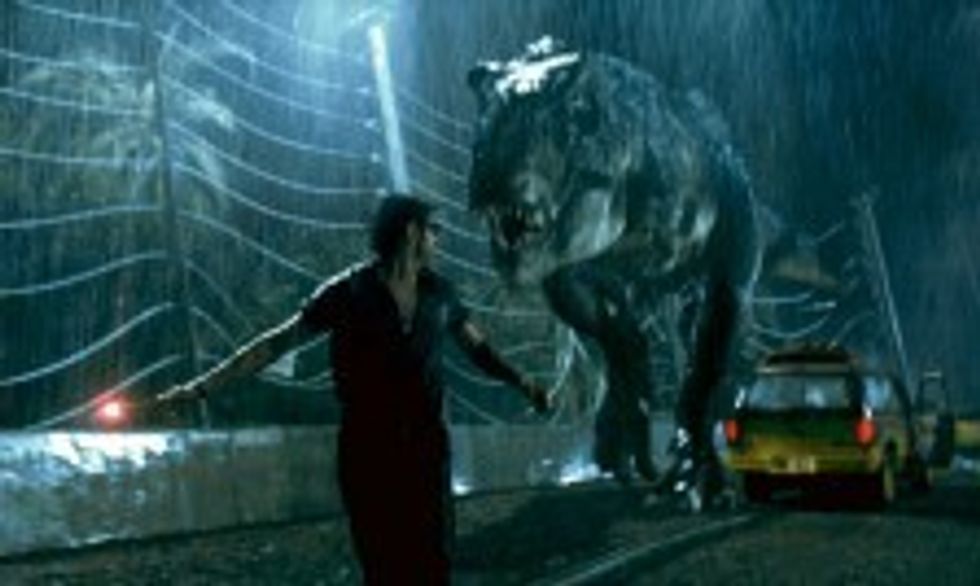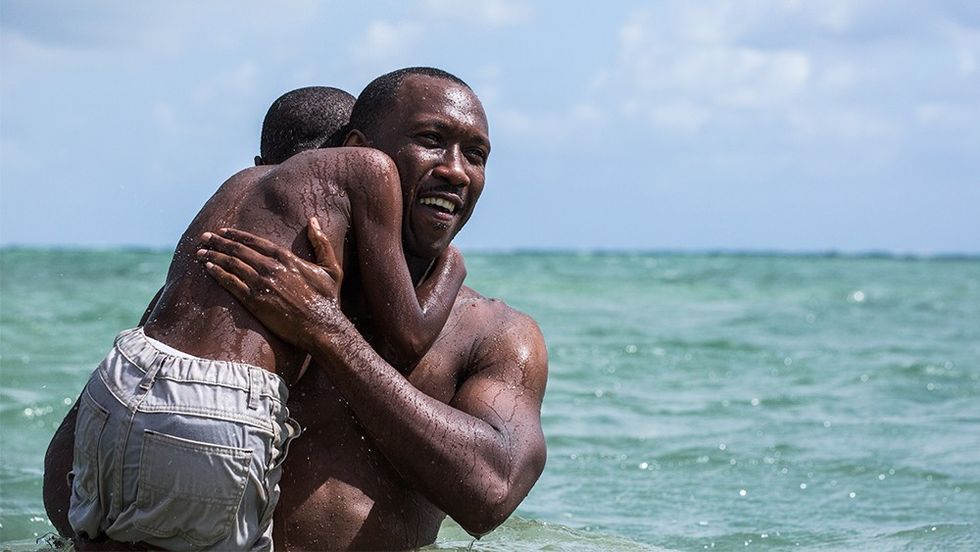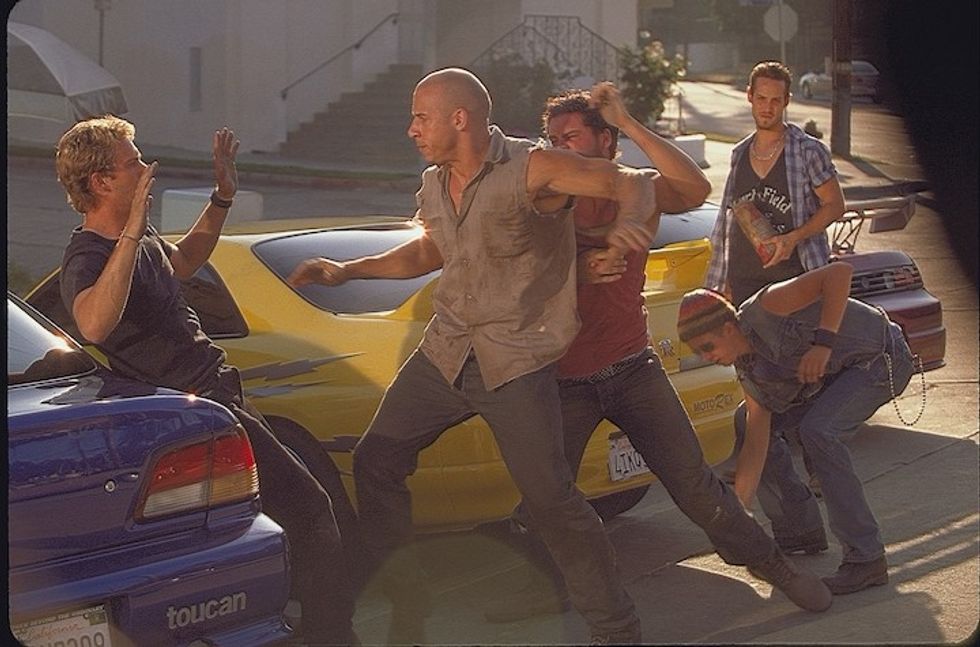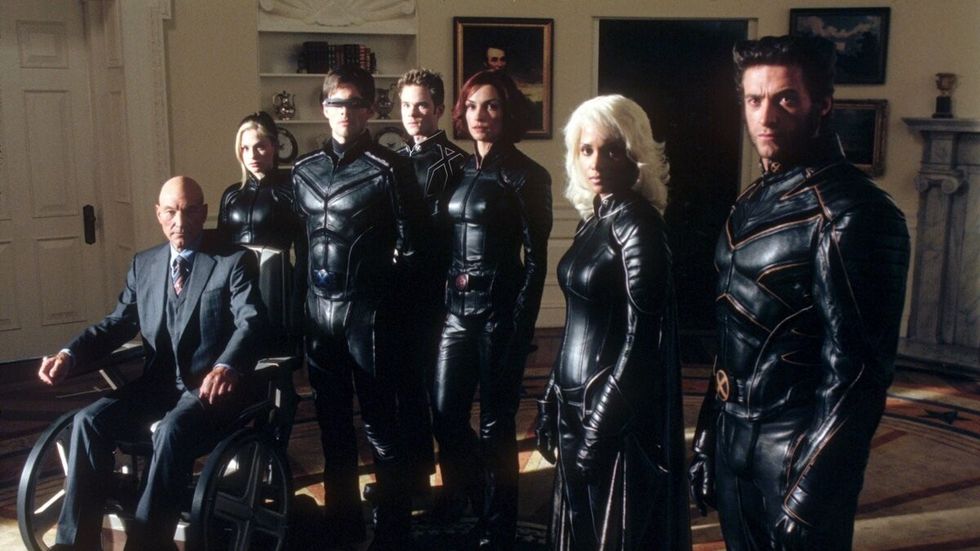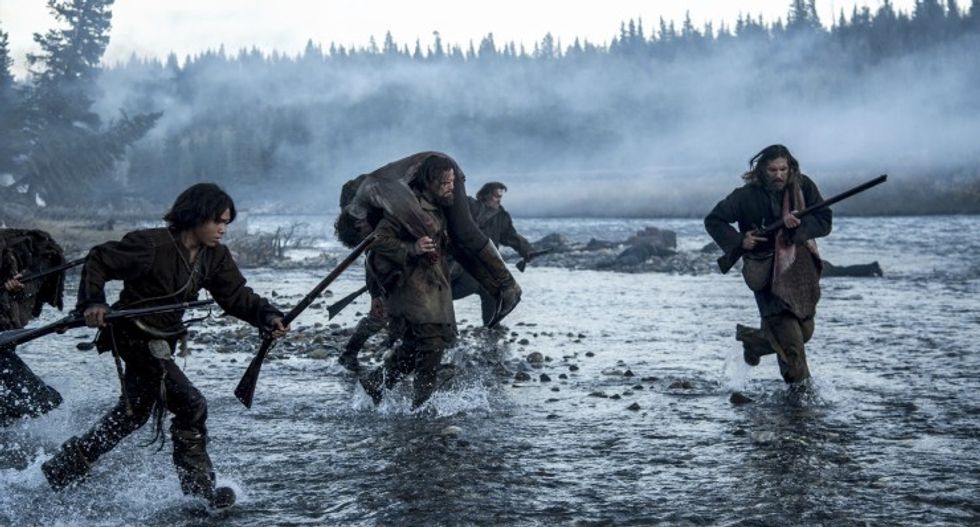'Peanut Butter Falcon' DP Explains Why a 2-Camera Setup Is Your Best Friend
Afraid to shoot with more than one camera? Let The Peanut Butter Falcon DP Nigel Bluck put your mind at ease.
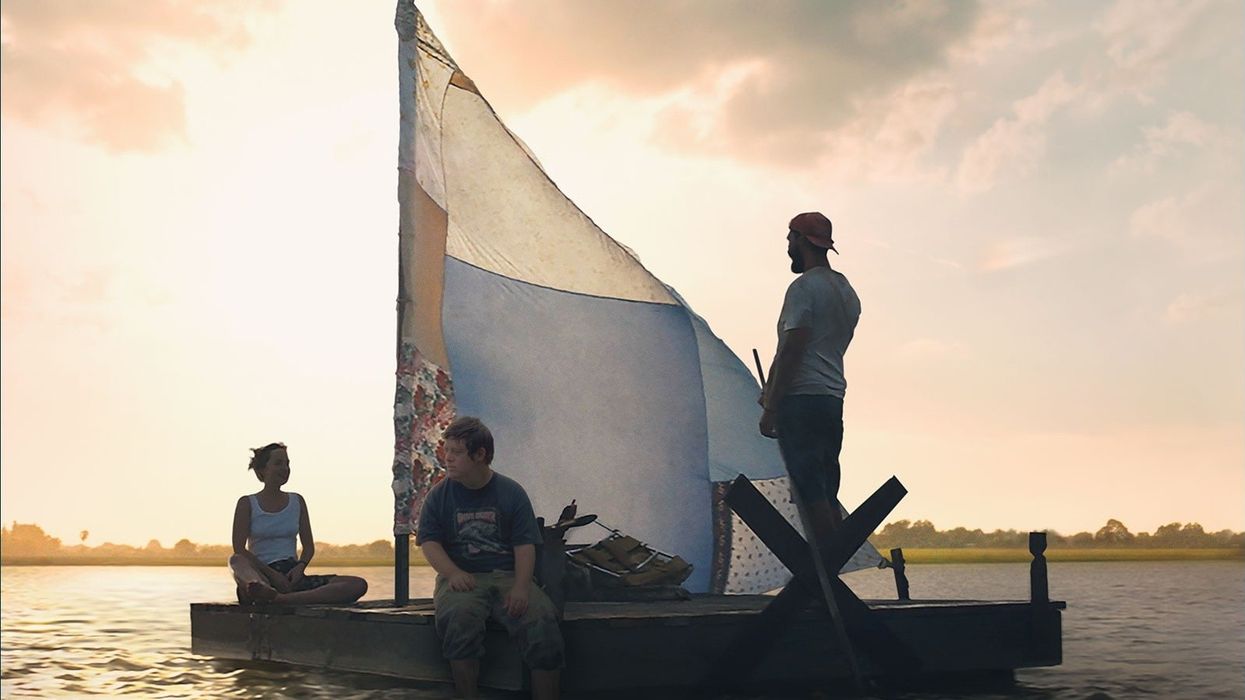
Making a film is difficult when you're shooting with just one camera, so it stands to reason -- at least for some -- that shooting with more than one makes things that much more so.
In fact, I'd argue that the somewhat inaccurate belief that multicam setups make shoots more challenging, rather than budgetary restrictions, is the prime reason burgeoning filmmakers avoid them. So, to help demystify the process and, hopefully, assuage your fears of intimidating multicam shoots, here's a video from Indy Mogul in which Ted Sim talks with DP Nigel Bluck about the cinematographic approach he took on The Peanut Butter Falcon, from how he (barely) lit certain scenes to the incredible benefits of shooting with two cameras.
Let's take a look at the various pieces of advice Bluck dispenses in the video.
Light for the Scene, Not the Shot
One reason some filmmakers shy away from multicam setups is because of the popular but very false assertion that you have to light your scene for each camera individually. That's not true.
As Bluck explains, if you're going to shoot with more than one camera, light for the entire scene, not the shots. This requires you to take a step back (probably literally) and examine what you've got from a distance so you can determine what you need on a larger scale. This flies in the face of what a lot of young filmmakers are prone to do, which is set up their shot and look through a monitor or viewfinder to decide whether or not they like the look -- and you should do that. But if you're shooting with a second or third camera, the idea is to choose a lighting setup that works for all shots and not just the one you're analyzing at that moment.

Backlight: More Than Just a Pretty Face
Yeah, backlighting is gorgeous, but experienced DPs love it for more reasons than that. It's incredibly utilitarian when shooting exteriors.
Backlight allows you to light the side of your subject's face opposite the camera with the sun while keeping the other side "in the shade" with nice, even lighting. This not only looks really good but it also naturally reduces the number of lights you need to add to your scene. In fact, Bluck says that in these types of lighting situations, it's more about taking away light.
Furthermore, backlight also helps you solve the biggest problem when using the sun to light a scene: it moves over time. Exteriors are notoriously tricky to shoot for exactly this reason, but because backlighting with a 2 p.m. sun is a lot more generous than front lighting with one, you'll be able to manage your outdoor scene much easier.
And if you're not having to use a ton of fixtures or set up and break down cameras (because you're using multiple cameras, right?), then you'll be able to pull it off in time.

To 2-Cam or Not to 2-Cam, That is the Question
One of the most salient concepts Bluck brings up in the video is the idea of the two-camera setup. I say that because I think there's an aversion or nervousness among filmmakers of all experience levels to throw an additional camera in the mix of an already complicated pot of cinematic stew that is boiling over and splattering all over the place.
The thought is that a second camera complicates things—and that's true, but it also helps make things less complicated. So, the trick here is to determine what the limitations and benefits are of multicam shooting. There are some downsides to using a second camera. You'll have to buy or rent another camera, as well as any and all the equipment it requires.
Also, you'll have to do double duty camera/media management, including hiring and working with a second camera op, keeping track of and charging a second set of batteries, and offloading and managing additional memory cards. There are more moving parts and that can get hairy real quick.
However, the upsides to using a second camera are many, but perhaps the biggest one is that you'll be able to get twice as much coverage in the same amount of time. This not only saves time but money, as well.
So, while buying or renting more camera equipment might hit your budget hard at the beginning of production, the money you'll save on fewer shoot days will probably end up offsetting that cost. And fewer takes and a lighter schedule means a happier, more sane cast and crew.

"Less is Always, Always, Always More"
You're shooting an indie film on a tight budget, which means you probably can't afford a ton of top tier gear. That's okay, because you don't necessarily need it. As Bluck says, good filmmaking isn't about the tools you use, but being "holistic" and seeing the production "as a whole," from the story to the lighting.
So, even if you can't get your hands on an ARRI Alexa, a Technocrane, or all the equipment you think you'll need for a complex lighting setup, don't forget that the best filmmakers among us are not determined by their ability to acquire high-end gear, but by their ability to do great things with what gear they have, regardless of what end it falls on.
Keep your crew as small as possible, take advantage of the equipment you have, and see the cinematic potential in every limitation and everything around you, whether it's a massive burning ball of gas or a tiny raft floating down a river.

Source: Indy Mogul
